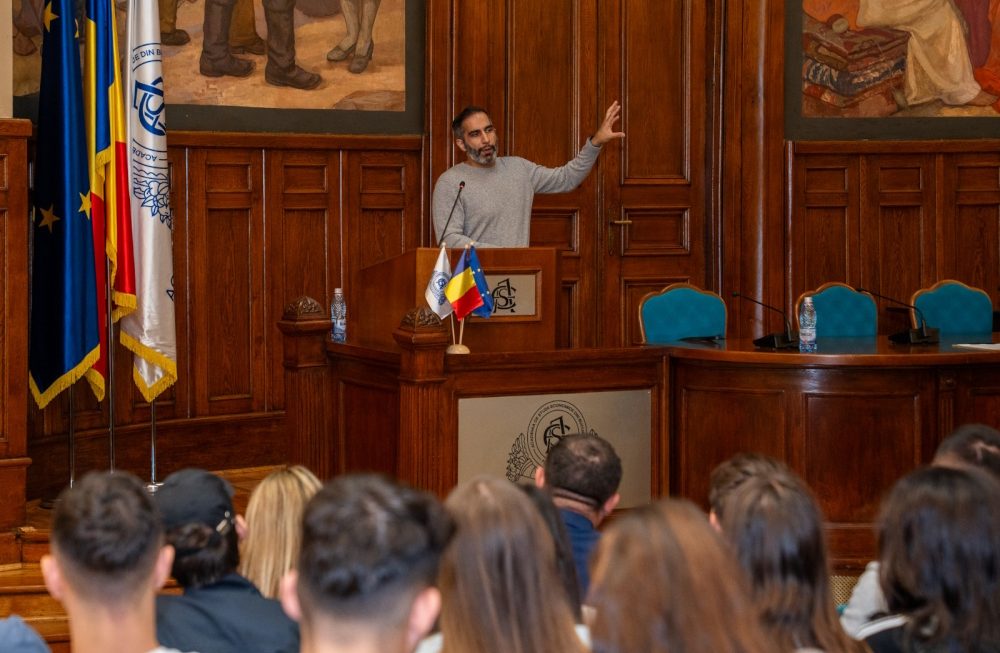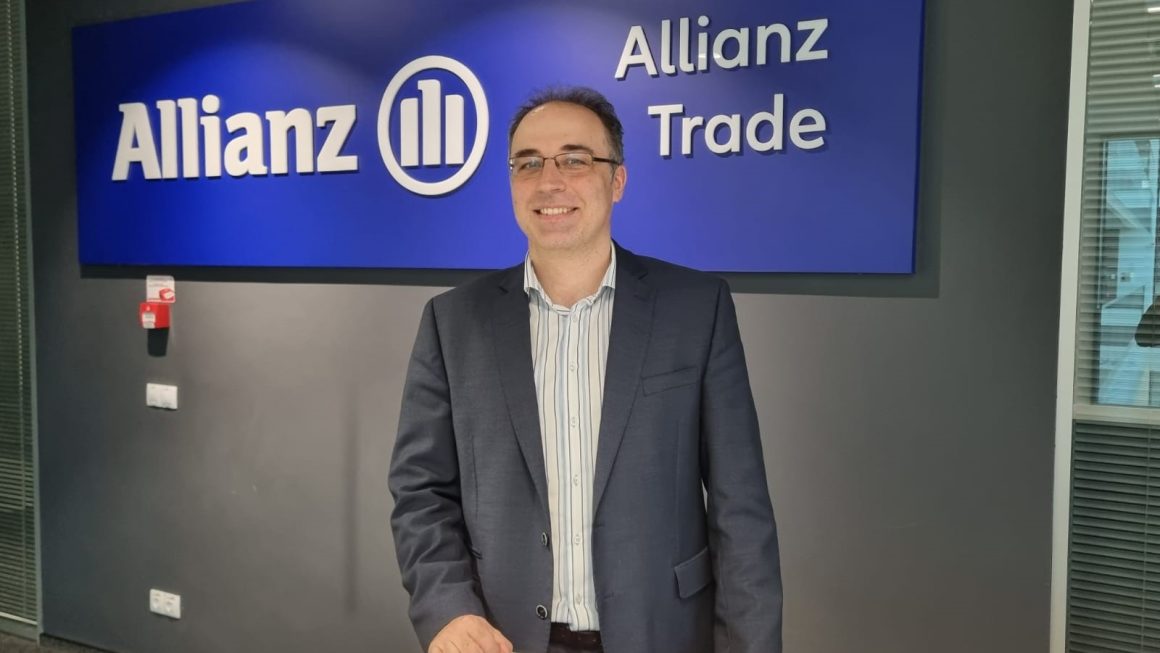
From Constanța to Gdansk, via Washington
While the Trump Administration wants to make America great again, it is stepping up engagement in Central Europe, and Romania and other countries of the region stand to profit.
America has once again become the talk of the town in Bucharest. The old myth of the Americans coming to save Romania has been revived in 2020, when the two countries celebrate 140 years since tying the diplomatic knot.
The new American Ambassador to Romania, New York attorney Adrian Zuckerman, who assumed his duties in December 2019, has successfully managed to consolidate the bridges between the two governments. Fluent in Romanian, Bucharest born Zuckerman is an active communicator, frequently taking a firm stance against corruption in Romania.
Lately, his work has gained perhaps even more shape. The US has taken a new interest in Romania, and the strategic partnership which the two countries launched in 1997 is beginning to show more effects. Much to the satisfaction of President Trump’s Administration, Romania has ramped up military spending and is massively buying defense technology from the USA – including Patriot Missile Systems. Recently, Romania’s Defense Minister Nicolae Ciucă met with US Secretary of Defense Mark Ester in Washington to discuss future plans.
At the same time, in early October, the American Secretary of Energy Dan Brouillette and his Romanian counterpart Virgil Popescu signed a draft intergovernmental agreement to cooperate on the expansion and modernization of Romania’s civil nuclear power program. The agreement which the Americans call “historic” should basically allow Romania to use American expertise and technology to build reactor units 3 and 4 of the Cernavodă Nuclear Power Plant and refurbish reactor Unit 1. As Brouillette put it, „nuclear energy is crucial to ensuring Romania has a reliable, affordable, and emissions-free supply of electricity, and the U.S. nuclear industry looks forward to providing their expertise to advance this important energy source”. Not very much is known about the specific arrangements, but according to Ambassador Adrian Zuckerman, the American conglomerate AECom will be „leading this $8 billion project, with assistance from (…) Romanian, Canadian and French companies”.
Work on the power plant near Cernavodă started under the communist regime, with the authorities at that time deciding to abandon Soviet standards and instead adopt the Western CANDU-Technology. The plant’s currently two working reactors generate about 700 MW each, the two new reactors are to produce about 720 MW each. Today, nuclear energy has a share of around 20% in the Romanian energy mix, but the aim is to significantly increase the amount.
Units 3 and 4 of the nuclear power plant on the Danube have been an important topic for quite some time. But now there is a new sense of urgency, because the European Union is pushing ahead with their plans to tackle climate change, and nuclear energy is (somewhat reluctantly) deemed to be a clean alternative to coal-based energy production. However, under the socialist Prime-Minister Victor Ponta the Chinese were supposed to provide the technology and build the new reactor units. Bucharest and Beijing discussed various approaches, in 2015 a Memorandum was signed with the China General Nuclear Power Corporation, but in the end nothing was really achieved. Therefore, in 2020, the mostly public shareholders of the Romanian power plant pronounced the project dead.
The newly found American partners seem to mean business. Not only are they willing to supply the technology, but also a potential financing solution. Apart from the intergovernmental agreement, the Romanian Minister of energy, Virgil Popescu, also signed a memorandum of understanding with the Export-Import Bank of the United States (EXIM) aimed at enhancing trade and economic opportunities between the two countries. EXIM and Romania „agree to explore and identify options to potentially use EXIM financing of up to USD 7 billion, and to identify areas to work together to promote business development opportunities, particularly in the energy and infrastructure industries”.
Of course, the Americans are not engaging in this partnership out of the sheer kindness of their heart. On the one hand, the initiative serves to effectively chip away at Chinese influence in the country, already reduced by what amounts to a firm Romanian promise not to use Huawei technology for the new 5G telecommunication network. On the other, it promotes at the same time the American energy agenda. The EXIM-press release verbatim mentions “the US interest for a $ 7 billion funding component for the development of energy projects – including nuclear and liquefied natural gas”. The US has pushed LNG for a long time as a method of becoming more independent from Russian gas, and is targeting the Nord Stream 2 gas pipeline with sanctions against companies involved in its construction. Many analysts interpret Washington’s bipartisan opposition to the project, which will deliver Russian Gas right at Germany’s doorstep, precisely as an aggressive way of promoting the LNG-agenda. For instance, energy analyst Connor McLean with BTU Analytics LLC is being quoted by the site naturalgasintel.com as saying that “if Nord Stream 2 comes online as expected, the influx of supply into Europe could place further pressure on a U.S. LNG recovery in 2021”.
But the American ambitions in the region, Romania included, don’t stop at energy projects. The EXIM wants to get involved in “infrastructure projects – road, rail, bunkering stations” as well, and at the initialing of the intergovernmental agreement in Washington, Ambassador Zuckerman mentioned „a new project for Romania, with Poland, to build a highway and railroad from Constanța on the Black Sea to Gdansk on the Baltic Sea”.
The blueprint of this infrastructure concept derives from strategic goals outlined in the framework of the so-called Three Seas Initiative, a regional cooperation organization of 12 central and eastern European countries along the Baltic, Adriatic, and Black Sea, which is why it is sometimes also nicknamed BABS.
Under BABS, the Romanian side wants to modernize the over 3,600 km long rail route between the port city of Constanța at the Black Sea and Gdansk at the Polish Baltic shoreline, a project of both military and civil importance. The rail connection is made of segments covered by the Trans-European Transport Network TEN-T and therefore at least partially eligible to receive funds from Brussels.
The road component is foggier. Indeed, within the Three Seas Initiative Poland pursued the concept of the Via Carpathia, a transport corridor from the North-East of Europe to the South-East of the continent, starting in Klaipeda in Lithuania, going through Poland, the Slovak Republic, Hungary, Romania and Bulgaria, and finally reaching with Thessaloniki in Greece. But neither the Romanian Black Sea Port of Constanța nor the Polish port city of Gdansk lie on the Via Carpathia, they will have to be connected in a later phase by separate highways. And nobody can say what route the highway will follow, aside from the fact that it is unlikely to reach Poland from Romania via the non-NATO country Ukraine.
But at least financially, there is one silver lining: when it started in 2016, the BABS-Initiative was considered more of an informal discussion forum, but in February 2020, the USA breathed new life into it. Speaking at the Munich Security Conference, US Secretary of State Mike Pompeo pledged up to $1 billion in financing to Central and Eastern European countries belonging to the Three Seas Initiative.
Author: Alex Gröblacher
Share
Share















